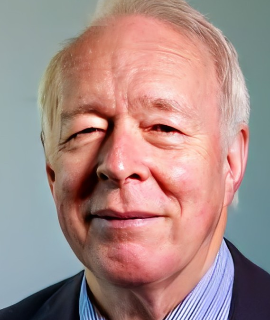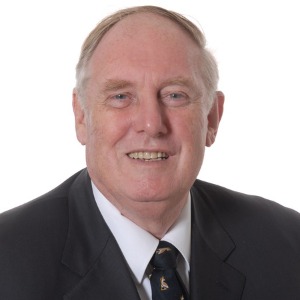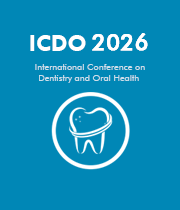Temporomandibular Joint
The temporomandibular joint, or TMJ, is an important, complex joint found in the human body that connects the lower jaw to the skull. Located near the ear, it affects chewing, speaking, and swallowing – activities that are essential for the body to function normally. Pain or discomfort in this area is known as temporomandibular joint disorder (TMD). The anatomy of the TMJ includes two articulating surfaces and two disc-like structures known as menisci. These components are connected by ligaments, muscles, and other tissues. The two articulating surfaces – the mandibular condyle and the temporal bone – slide smoothly along each other when the jaws are in motion. The meniscus acts like a cushion between these two bones, absorbing shock and helping to reduce friction. When the lower jaw is misaligned, muscle imbalances or change in the disc position may occur, resulting in TMD. Other causes are trauma to the head, neck, and face. Bruxism, or excessive teeth grinding, is also known to affect the TMJ. TMD symptoms may include pain in the jaw, shoulders, or neck; difficulty opening or closing the mouth; headaches; and even hearing loss. In order to treat TMD, it is important to identify the underlying cause in order to determine the proper course of care. This may include lifestyle changes, such as reducing stress; over-the-counter medications; physical therapy; orthodontic care; or, in severe cases, surgery. Although dentists are not the primary care providers for TMD, they play an important role in diagnosing and managing the condition. By identifying potential risk factors and suggesting preventive interventions, dentists can help reduce the risk of developing TMD. Additionally, dentists may be able to provide the necessary treatment, such as dental appliances, to help reduce the symptoms of TMD and improve overall oral health. In conclusion, TMD is a complex condition that can have a variety of causes and may require a variety of treatments. Dentists play an important role in diagnosing, managing, and preventing TMD, and should be consulted if there are any signs of pain or discomfort in the temporomandibular joint. With the correct treatment, TMD can be managed and its risks reduced.

David Geoffrey Gillam
Queen Mary University of London, United Kingdom
Christopher Turner
Spacemark Dental, United Kingdom




Title : Evaluating hygienist follow up for head and neck oncology patients in secondary care: Results from a two cycle audit
Peter Basta, Newcastle Dental Hospital, United Kingdom
Title : Atypical facial pain unravelled
Christopher Turner, Spacemark Dental, United Kingdom
Title : New treatment of temporomandibular disorder through muscle balance and muscle regeneration by activation of quiescent muscle stem cells( satellite cells) with mitochondrial dynamics
Ki Ji Lee, National Reserach Foundation & Busan Medical University, Korea, Republic of
Title : Cutaneous, Cranial, skeletal and dental defects in patients with Goltz syndrome
Ali Al Kaissi, National Ilizarov Medical Research Center for Traumatology and Orthopaedics, Russian Federation
Title : The nature and management of dental erosion in patients with bulimia nervosa
Maya Fahy, The Royal Victoria, School of Dentistry, United Kingdom
Title : A systematic review on the early detection of oral cancer using artificial intelligence and electronic tongue technology
Maryam, Kardan Dental Clinic, Iran (Islamic Republic of)